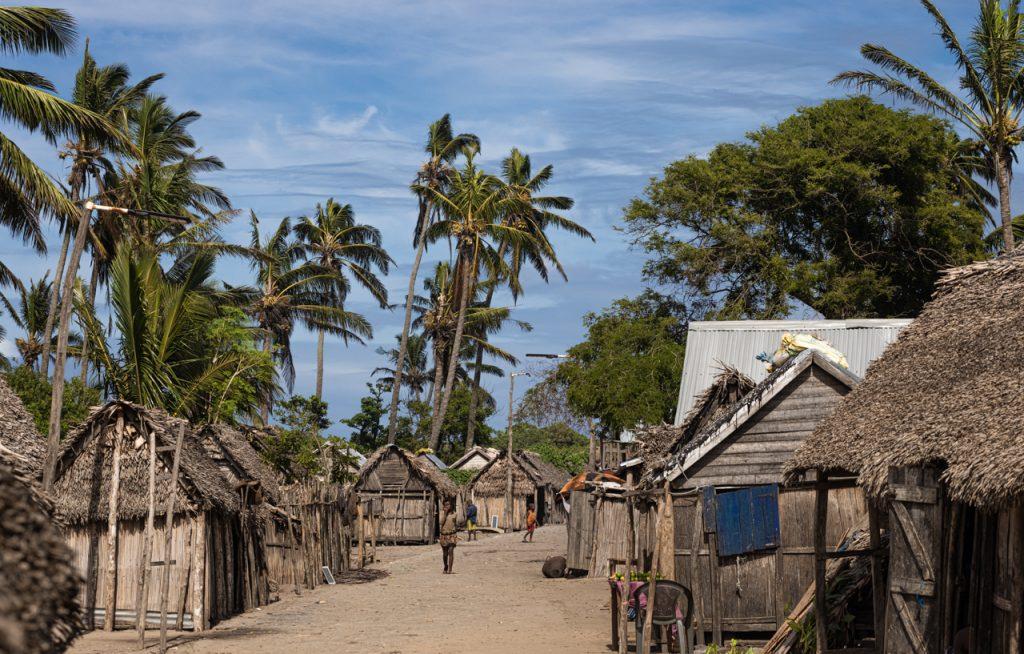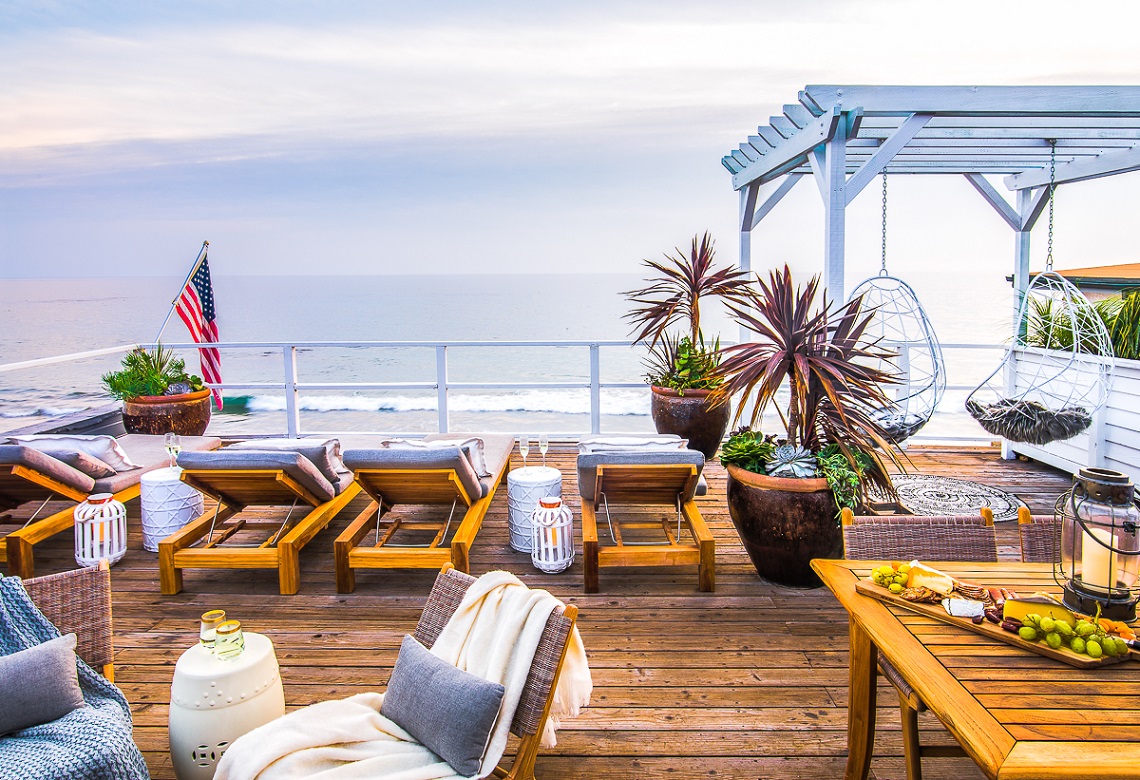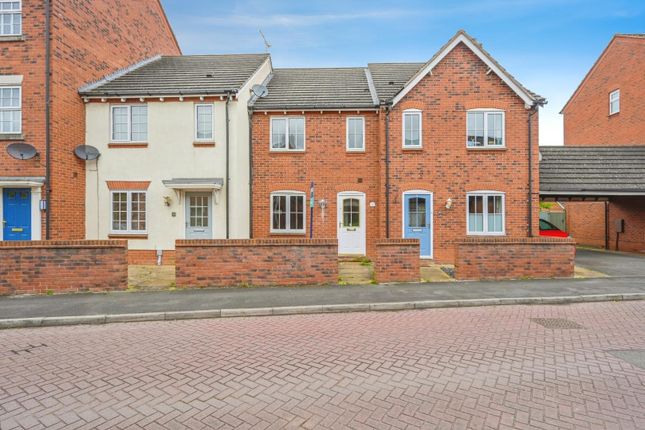Madagascar, the fourth-largest island in the world, is as diverse in its landscapes as it is in its architecture. From lush rainforests to dry savannas, and from bustling cities to remote villages, the island’s houses reflect centuries of tradition, adaptation, and cultural exchange. Exploring these homes is more than just looking at walls and roofs—it is a way to understand the Malagasy spirit, history, and lifestyle.
A Blend of History and Nature
The story of Malagasy houses begins with the land itself. Madagascar is home to unique flora, including precious hardwoods like rosewood and ebony, as well as abundant clay and laterite soil. These natural resources have shaped the building materials and styles used by different communities. For centuries, homes were not just shelters but expressions of a close relationship with nature.
Historically, the Malagasy people came from Southeast Asia and East Africa, bringing architectural influences that blended into something entirely their own. This fusion is visible in the way homes are designed, decorated, and positioned within communities.
Houses in Madagascar: A Cultural Mosaic
When we talk about houses in Madagascar, we are really speaking of a cultural mosaic. Each region has its own traditions, yet there are shared features that tie the island together.
Highland Houses
In the central highlands, where the capital Antananarivo is located, houses are often built from baked clay bricks. Their reddish-brown color mirrors the earth and creates a striking visual harmony with the landscape. These homes are usually two stories, with steep roofs designed to handle seasonal rains. Many still feature carved wooden balconies and shutters, a nod to centuries-old craftsmanship.
Coastal Homes
Along the coasts, lighter materials are used to suit the humid climate. Bamboo, palm leaves, and raffia dominate the scene. These homes are airy and practical, designed to let breezes flow through while providing shade from the tropical sun. Roofs are often steep and thatched, allowing rainwater to run off quickly.
Tribal Influences
Each ethnic group contributes something unique. For example, the Zafimaniry people, recognized by UNESCO for their woodcraft, build houses entirely from timber without using nails. Every surface—walls, doors, beams—is intricately carved with geometric and symbolic patterns. These homes are not just shelters but works of living art.
Symbolism and Spirituality in Home Design
Malagasy houses are often more than functional structures—they are imbued with deep symbolism. Traditionally, homes follow a sacred orientation. The main door may face west, while the east side is reserved for ancestors, reflecting beliefs in harmony between the living and the spiritual world.
Inside, space is carefully divided. The northern part may belong to the head of the household, while other areas are assigned based on gender, age, or social role. These traditions, though evolving in modern times, remain powerful markers of identity.
Materials That Tell a Story
Every Malagasy house carries a story through its materials. Laterite bricks symbolize permanence, while bamboo and raffia represent resilience and adaptability. In rural areas, mud walls mixed with rice husks or straw are common, offering both insulation and affordability.
The choice of materials often reveals the economic status of a family. Wealthier households may use durable bricks or timber, while others rely on quickly assembled huts. Yet, regardless of status, the sense of belonging and pride in one’s home is universal across Madagascar.
The Impact of Modernization
With urbanization on the rise, Madagascar is seeing a shift in architecture. In cities like Antananarivo, concrete buildings are replacing traditional brick homes. Satellite dishes perch on rooftops, and modern apartments rise beside old colonial mansions. Yet, even amid change, traditional elements survive. Wooden balconies, red earth walls, and decorative carvings often appear in modern designs, blending the past with the present.
In rural areas, modernization brings new challenges. Imported materials like corrugated iron sheets are becoming common for roofs, replacing thatch. While more durable, they also change the look and feel of villages, sometimes clashing with traditional aesthetics.
Houses as Community Hubs
In Malagasy culture, a house is not just for a single family—it is part of a larger communal rhythm. Villages are often designed with houses facing one another, creating natural meeting spaces. Extended families live close, sharing resources and traditions. Weddings, funerals, and ceremonies often begin at home, reinforcing the role of houses as the heart of community life.
Environmental Adaptation
One striking feature of Malagasy houses is their adaptation to diverse environments. In cyclone-prone regions, homes are built low and sturdy to withstand strong winds. In drier areas, thick walls keep interiors cool. Along rivers and coasts, houses are sometimes elevated on stilts to protect against flooding.
This adaptability reflects centuries of trial, error, and wisdom passed down through generations. Each home stands as a testament to resilience in the face of Madagascar’s challenging climate.
Colonial Influence and Heritage
During French colonization, European architectural styles left their mark. Stone mansions with ornate ironwork, wide verandas, and tiled roofs still line parts of Antananarivo and coastal towns. Some were built for colonial administrators, others for wealthy Malagasy families who embraced modernity. Today, many of these structures remain, blending into the evolving urban fabric and serving as reminders of a complex history.
Preserving Tradition in a Changing World
There is growing concern about preserving Madagascar’s architectural heritage. Deforestation threatens the supply of traditional woods, while poverty pushes many to adopt cheaper, less sustainable materials. Organizations and local communities are working to document, protect, and revive traditional building techniques. The Zafimaniry woodcraft, for example, continues to be taught to younger generations, ensuring that the art does not disappear.
Houses as Windows to Malagasy Life
To step inside a Malagasy house is to step into the rhythm of daily life. The kitchen, often separate from the main house to reduce fire risks, fills the air with the smell of rice cooking over wood fires. The living area may be simple, with woven mats and low stools, but it is alive with conversation, storytelling, and song. Bedrooms, modest and practical, reflect a focus on family bonds rather than luxury.
The Future of Housing in Madagascar
As Madagascar looks toward the future, housing will remain at the center of change. Urban growth demands new solutions for affordable housing, while rural communities continue to adapt traditional methods. Sustainability will play a crucial role, balancing the need for development with the responsibility to protect the island’s fragile environment.
For travelers and outsiders, exploring Malagasy homes offers more than architectural appreciation—it offers insight into a way of life shaped by resilience, spirituality, and creativity.
Conclusion
Houses in Madagascar are more than bricks, bamboo, or timber. They are heartbeats of families, keepers of tradition, and mirrors of a nation’s soul. Whether standing tall in the highlands, swaying gently in coastal breezes, or carved with sacred patterns in remote forests, each home tells a story of adaptation, belonging, and hope.
To understand Madagascar, one must look beyond the landscapes and into the homes that shape everyday life. They are silent witnesses to history, resilient guardians against nature, and vibrant symbols of a people’s enduring spirit. In every wall, roof, and carving lies a piece of the Malagasy identity—timeless, humble, and profoundly human.




